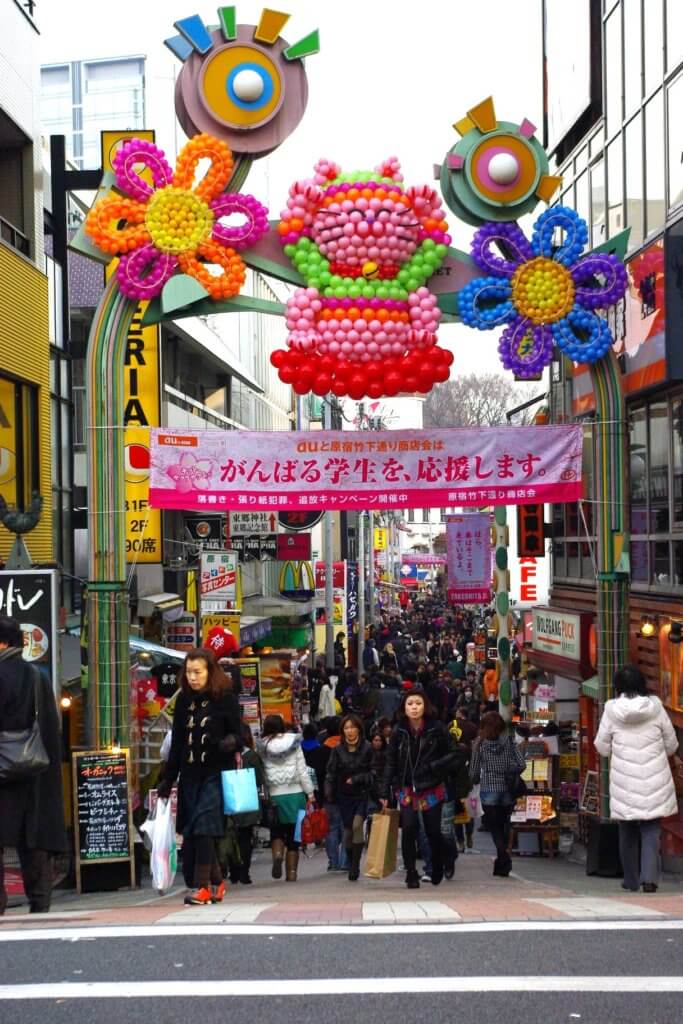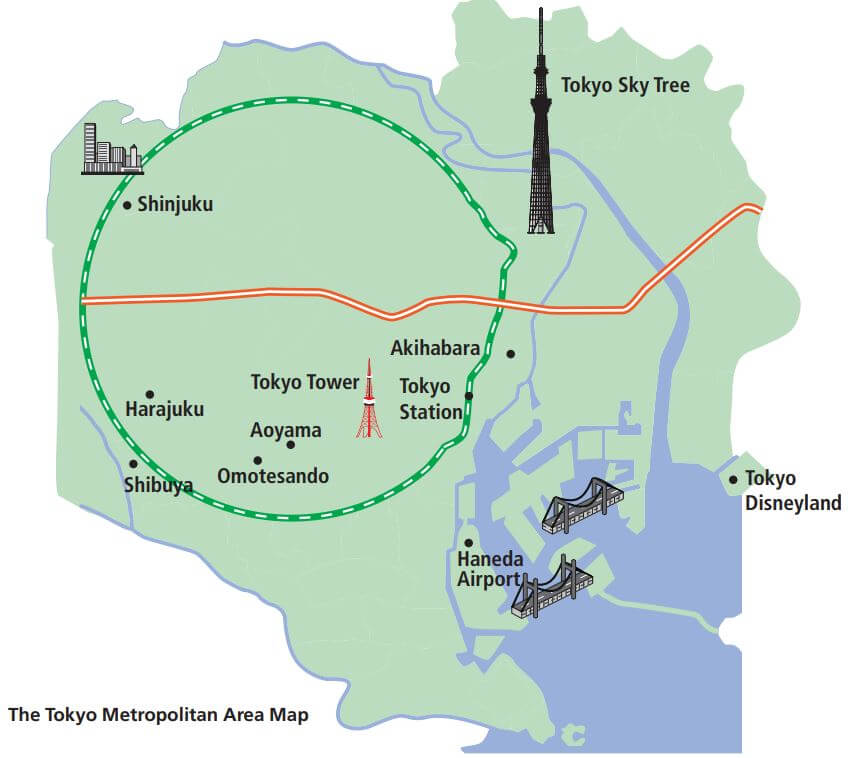Cool Japan Business Going International
CONTENTS
By a Japanese scriptwriter
The Japanese Sense of “Viewer Service” Is Appreciated
Today various forms of pop culture in Japan are being called collectively Cool Japan, and are known worldwide. To my mind, manga is what started the whole Cool Japan phenomenon, which today encompasses the whole world of film and video, from animation on up.
TV programming originating in Japan are developing into brands in the US. I am in the middle of producing a television program along a certain theme with an American producer, and from the beginning this program had been discussed as initiating broadcast in Japan, then ultimately to be shown in America. The theme is not something specific to Japan, so I wondered why this producer chose to make the program in Japan. He answered that programming made in Japan has a better image in America, making it easier for the show to break through. So, this means we are seeing a reverse import situation in programming, where producers might come from the US to Japan to make shows that will ultimately be broadcast in America.
A popular genre right now in American television is the so-called reality show (a kind of viewer participation format where the amateur performers interact through various experiences). There are not a few instances where the basis for the programming was a Japanese variety show.
When we look at what attracts foreign people to Japanese television however, I feel that it is the sensitivity, the emotional tenderness, and also the spirit of “viewer service”, in the sense of “customer service.”
The manga and anime that were the first breakthrough of Cool Japan are made with each element of story and portrayal alike expressed sensitively and in a heartfelt and tender manner in comparison to foreign content (with the exception of Disney). The same image is now harbored by television programming.
Japanese people’s strengths in project planning and design
Actually, overall most American and other broadcast products are rather flat and simplistic. Even with a lot of money spent on production, the editing is rough. We don’t get a sense that much attention has been paid to satisfying the viewer – there is a lack of “viewer service.” On the other hand, Japanese TV shows employ editing that serves to grab the interest of the viewer attention even in short multi-second bites, with captioning used to increase understanding, and uses other ways that are indicative of careful attention to details.
This viewer service is closely related to the Japanese people’s strengths in project planning and design. To foreigners, Japan looks like a country that is overflowing with project plans and ideas. Actually, if you go to Hollywood, many Americans will tell you there are no good ideas in Hollywood and that they wish it were like Japan, where there are a lot of ideas.
The point of having the ability to plan and design is to make people happy, to amuse them, and to move them emotionally, and this is an ability in which among the people of the world the Japanese excel. In Japan we have the kind of cultural custom that calls for guests to be hosted with courtesy and hospitality -when parting, the host continues to bow to the guest until they are completely out of sight. For Japanese, who have rooted in them a culture which values above all respect for the other person, it is natural that project planning is going to come out in an ultimate goal of making the viewer happy.
In Europe, interest in Japan is centered not so much on television but on film. The recent entry of his film Outrage by director Takeshi Kitano, recipient of the Commandeur of Arts and Letters in France, at the Cannes International Film Festival was widely discussed and controversial, but in any case films by Japanese directors are well received in France.
I understand that the first overseas interest shown in Departures, which I wrote and which won an Academy Award For Best Foreign Language Film, was from a French producer.

In Japan I am told that the main viewer interest in Departures was drawn by the rareity and novelty of Japanese traditional culture and its stylistic formal beauty, because of the fact that the protagonist is a mortician. Yet I feel actually that more than that, the delicate tenderness of conjugal love and parent-child love that flows throughout the film were what was most appreciated by audiences. Among Japanese films there are many that touch on the subtleties of human interaction, that express tenderness, passion and emotion, and what Japanese people see as interesting or moving, is in the same way moving for foreign people.
Kenyan environmental activist Wangari Maathai (see her article here) had popularized the word “mottainai” (what a waste, what a pity to waste) not so long ago. This must be because the way of thinking that it is wasteful to throw things away which is so unique to Japan, can be closely connected to environmental issues. So in some of the thoughts that we as Japanese take for granted, exist plenty of elements that can be appreciated in other lands.
Tokyo As Pop Culture City
However, this Cool Japan phenomenon makes me worry about one thing. If this is just a boom or temporary fad, then all the positive attention will soon come to an end.
For example, right now the forward leaps taken by the Chinese economy are being seen as remarkable, and it is certainly conceivable that the simultaneous appearance of new artists and culture on the Chinese front will start to draw the world’s attention away from Japan.
One of the key elements in the popularity of Japanese culture overseas is the existence of pop artists like Takashi Murakami who are active overseas. Well-known because of his collaboration with Louis Vuitton, Murakami was probably selected by Vuitton for the design project in full awareness of the giant Japanese market. By making active use of Japanese artists, customers would have a heightened sense of affinity with Vuitton.
So in the same way this time looking ahead to the rapidly growing Chinese market, we may see some luxury brands considering collaboration with Chinese artists. This could be seen as more effective than using Japanese artists, where the market is shriveling away due to deflation. From that collaboration might come the rise of a celebrated Chinese artist, and with that, a dilution of interest in Japanese culture is not unimaginable.

In order to keep Cool Japan from being just a flash in the pan, I think we need to create opportunities for people to come here in seek of new culture, and not just be transmitting it unilaterally.
When Taro Aso was prime minister there was a proposal for an Anime Hall of Fame that would group together manga and anime in one location. At the time the project suffered an overload of bad public relations such as headlines stating that manga-loving prime minister Aso could barely read Japanese kanji characters, and criticism that of the Anime Hall of Fame as a model “waste of time,” so the plan was abandoned.
I didn’t think the plan was such a bad idea in itself. Since we have such precious soft contents as manga and anime in Japan, why not take a forward looking attitude and think of ways to exploit that? I think to take it even further we should create an overall Entertainment Hall of Fame Complex that would include not just manga and anime but also film, video and pop art, like a MoMA (New York’s Museum of Modern Art) of entertainment.
There you could see contents from all over the world and especially the well-known Japanese works. Though there are museums for painting and so forth all over the world, there is no museum dedicated to just entertainment. If Japan were to take the lead in establishing such a museum, people and information from around the world would gather here and it could be a giant plus in terms of the branding of Japan.
In anime Akihabara is pulling its own, and is already the center of a part of pop culture, with people from all over the world gathering there. It is interesting to see how Aoyama and Harajuku are like little fashion cities within the city, and Nishi Azabu is a club city, as different urban districts take on their own cultural coloring.
Another idea would be to emphasize the appeal of Japan as a film or video location. If in terms of recruiting movie extras one could get 10,000 people together easily, then I’m sure there would be more film directors who would want to shoot in Japan. I think the Kyoto movie village (period movie sets) has that kind of latent possibility.
But in order to realize this Japan’s cities need to be made more accommodating. One of the reasons New York City is so favored as a movie location is that you can easily get permission to use the streets for your movie set, even covering a 2-block radius or so. Tokyo Governor Yuriko Koike is more flexible than some, but still Tokyo cannot rival New York in terms of flexibility.
Too many people would be opposed to locking down for a full day the Shutoko (Tokyo Metropolitan Expressway) for example to shoot a film. But if Japanese people could develop such a consciousness, that they would happily cooperate in order to help make an interesting film, Tokyo could be a more accommodating city. Then if there were more film and video shot on the streets of Japan, just like as the number of Japanese visiting Korea increased widely with the Hanryu boom (interest in all things Korean born of Korean TV drama popularity), the result would be a further increase in people showing an interest in Japan.
If a lot of cultural interest can be transmitted from Tokyo where the relationship between city and culture is close, Tokyo can stand alongside of New York and London as a center of popular culture. If Hollywood is the city of movies, then Tokyo could be the city of pop culture.

But regarding this bringing forth of new culture, Japanese people are still negative in attitude. I mentioned that the market is constricted due to deflation, but it is really regrettable that the order of the day for the government and industry and the people alike is to watch every penny while consuming only the absolute bare minimum.
We shouldn’t forget that where new culture is born, there is always some kind of “money spending.” In medieval Europe, it is precisely because of the kind of “money spending” inconceivable to a Medici that the Renaissance flowered.
I’d also like to find this kind of “money spending” among Japanese business. Maybe companies with the kind of power that Uniqlo has, shouldn’t only use their profits for their own growth, but set them to work to raise the level of fashion and other culture in Japan, to make it into something interesting. It would be like the adult giving money to motivate the young person, or the relationship between patron and talent. When the wealthy skillfully use their money in ways that might seem a “money spending,” this is where new culture is created.

Teach Youth the Importance of Experience
One other element that would help to keep the Cool Japan fire from going out would be the nurturing and cultivation of “creators.” I mentioned that Japan is a place that easily gives rise to innovative planning and design, but it is also undeniable that progress in technology and especially the development of the Internet have created a situation where it is hard to nurture new creators. Particularly having a lot of contact with young people, I feel so many of them show little awareness of the outside world. There is a definite decrease in young people who want to travel the world, for example.
People tend to become more interested in going to a new place the less they know about it. For example, if you hear that Venice is the floating city, but you can only see a few photos of it, your curiosity is piqued – what kind of city can it be, I want to see more – and soon the feeling comes – I want to go there.
Actually before the Internet became so widespread, if you didn’t move quickly at the slightest opportunity, you might not be able to get hold of information at all. And the information that you did get hold of had nowhere to be stockpiled, except in your own head.
But these days, all the information you want is right there, and we tend to fall into the delusion that we know everything. In a way we are walking around with all kinds of external hard drives, so there may be no need to store information in our heads at all. This narrows our view of the world, but also weakens our ability to design, plan and create.
In order to come up with plans and ideas, you must have a lot stored away within yourself. Just the same as a chemical reaction, a new conception is an encounter of what you carry in your head and something new that comes in, where those are fused and create something entirely different.
If there is nothing in your head, no new insight can strike. You might think you have hit upon something new, but more likely someone else will have already thought of it.
For the purpose of cultivating new creators, what is needed by young people most now is to understand the pricelessness and joy of experience. For example when we eat something delicious we feel happiness. This feeling of happiness, once it’s been tasted is practically addictive. It is the same feeling when a new idea hits, and it is crucial to amass as much of that kind of experience as possible. Then one can really understand how important it is to have one’s own stock of experience, and how important it is to have the habit of always thinking about something. At present I am teaching as head of the Project Planning Department of Tohoku University of Art & Design, and my main mission there is to have students amass as much as possible of this type of experience.
Today the world looks to Japan as the treasure house of contents. For Japan’s creators, an even greater opportunity is approaching. I said that the Internet is weakening young people’s planning ability, but, the fact is that because of the development of the Internet, there are many more venues for releasing your own works, and depending on how things go, the superior creators of Japan may well find themselves appreciated by foreign media before they are even recognized in Japan.


